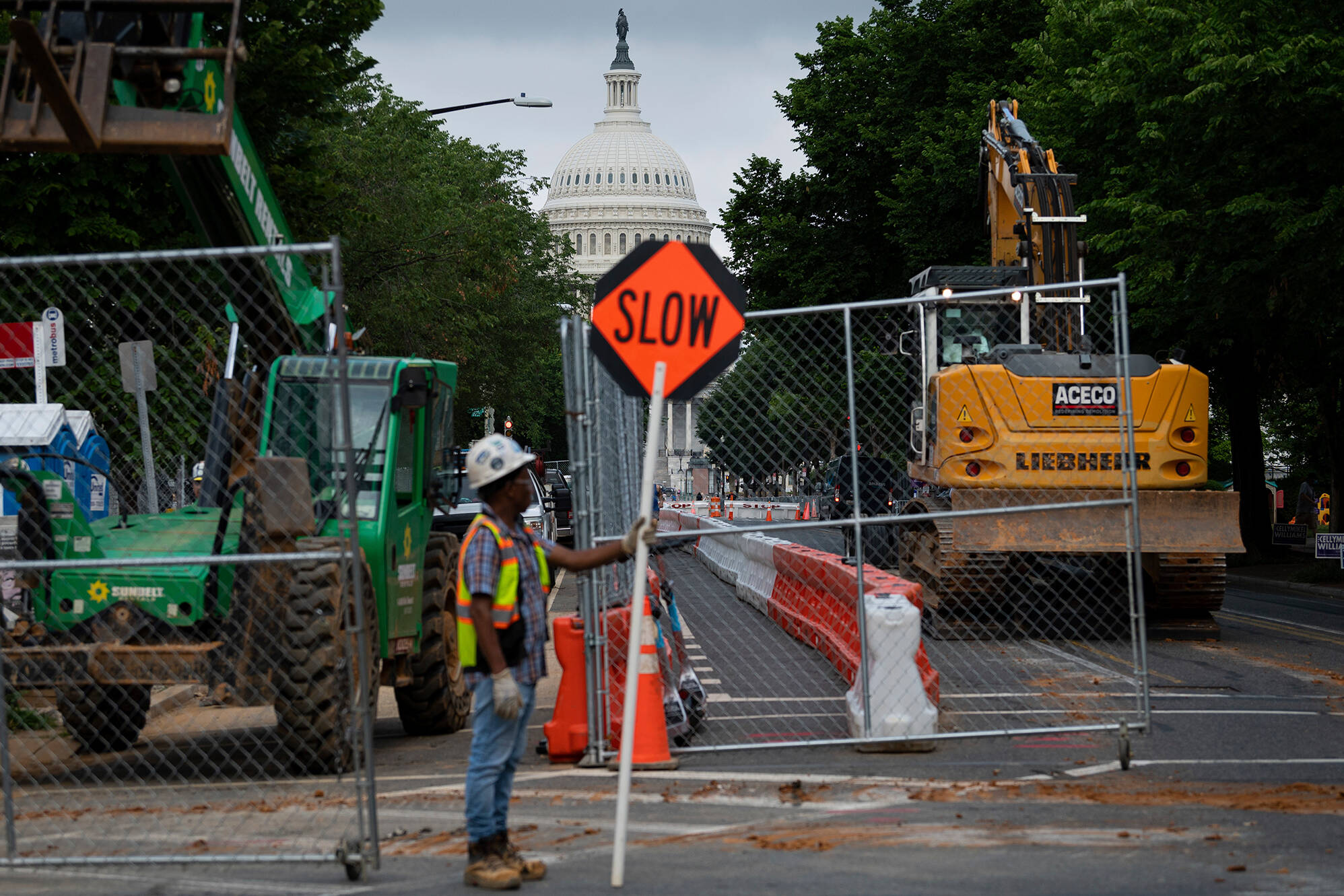As partisan mapmaking ramps up, the number of true swing seats is collapsing.
Competitive elections are supposed to be the foundation of democracy. But in Congress, they’re becoming the exception rather than the rule.
The reason? The maps.
Congressional district lines, once drawn by hand, are now crafted with software that can predict voting behavior down to the block. And in the hands of partisan mapmakers, that technology has become one of the most effective tools for crushing competition.
That’s why, in all but a handful of Congressional districts, the race is over before it even begins.
And it’s about to get worse.
In Texas, Republicans are moving forward with a plan to redraw the maps and potentially give themselves five extra House seats, a tactic known as “gerrymandering.” And the response from Democrats has been just as aggressive: leaders in California and New York are threatening to retaliate with their own gerrymanders to offset any Republican gains.
This is the redistricting arms race in action.
Over the past three decades, both parties have used gerrymandering to draw as many safe seats as possible, which come at the expense of competitive ones.
The chart below shows what’s happened:

Back in 1994, more than 200 seats – nearly half of the House – were rated as competitive by the non-partisan Cook Political Report. By 2024, that number had plummeted to just 69.
And while demographic sorting plays a role – cities becoming bluer, rural areas getting redder, and voters choosing to live around people who share their values and opinions – some of the sharpest drops in competition came right after major gerrymanders:
- 2003: Texas Republicans push through a mid-decade map that nets them 5 seats.
- 2011: A post-Census gerrymander wave reshapes maps in Pennsylvania, North Carolina, Maryland, and California.
- 2021: Florida’s new map delivers 4 extra GOP seats, while Illinois gains 1 for Democrats.
Every time, the strategy is the same: eliminate swing seats, lock in safe ones, and make general elections irrelevant.
And when general elections stop mattering, the real action shifts to the primaries, where turnout is low, partisans dominate, and independent voters are often shut out entirely.
This feedback loop creates a Congress that’s more polarized, less representative, and increasingly disconnected from the broader electorate.
Commonsense leaders like Congressman Mike Lawler of New York are taking action and introducing nationwide legislation to ban gerrymandering. But for now, both parties seem content to stamp out competition wherever they can.
Related
Peyton Lofton
Peyton Lofton is Senior Policy Analyst at No Labels and has spent his career writing for the common sense majority. His work has appeared in the Washington Examiner, RealClearPolicy, and the South Florida Sun Sentinel. Peyton holds a degree in political science from Tulane University.





You must be logged in to post a comment.